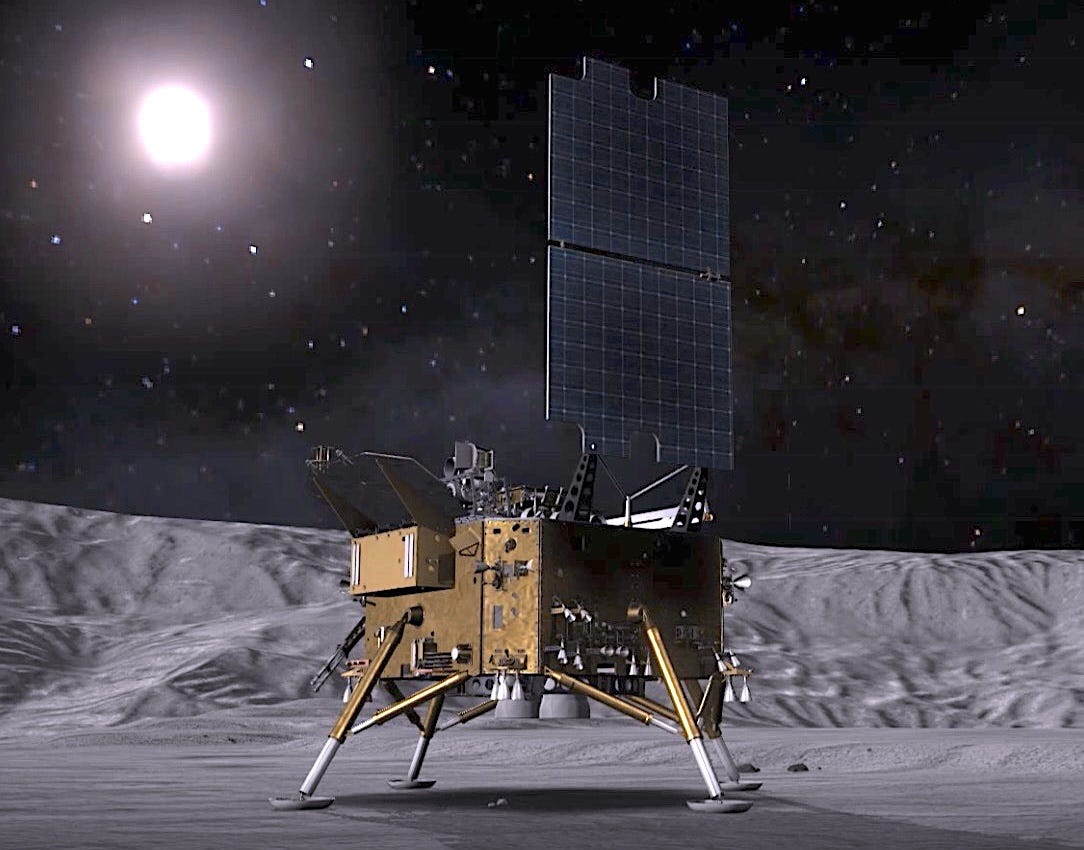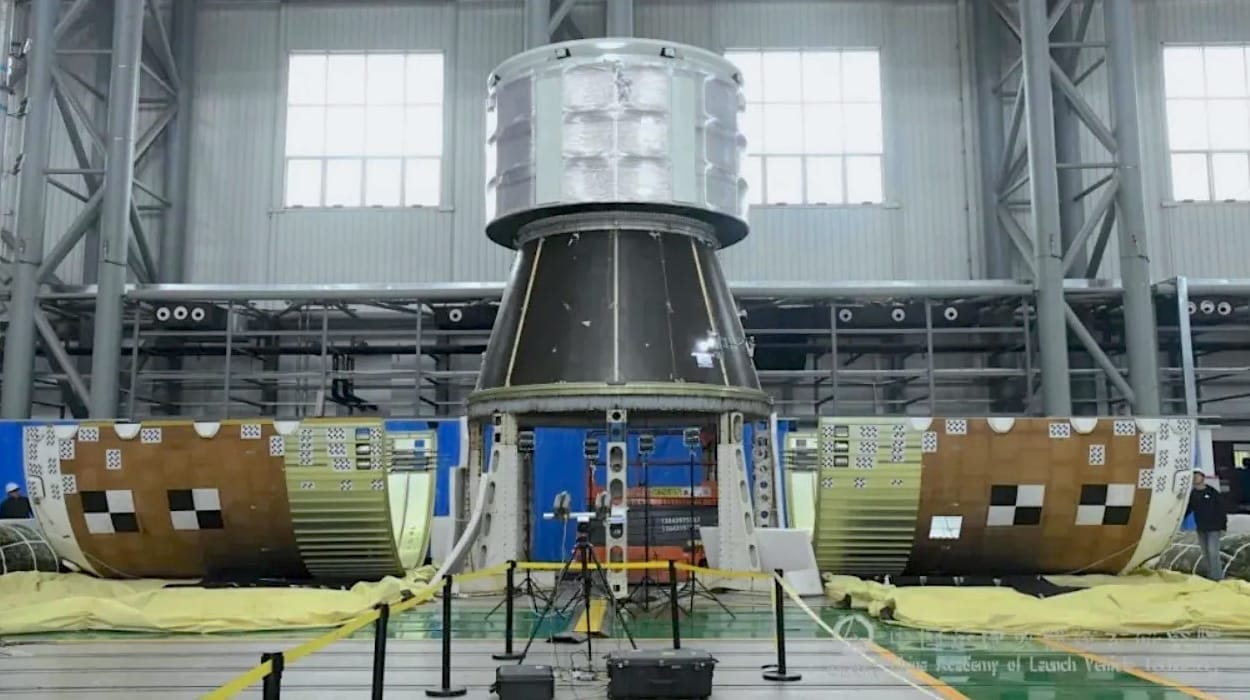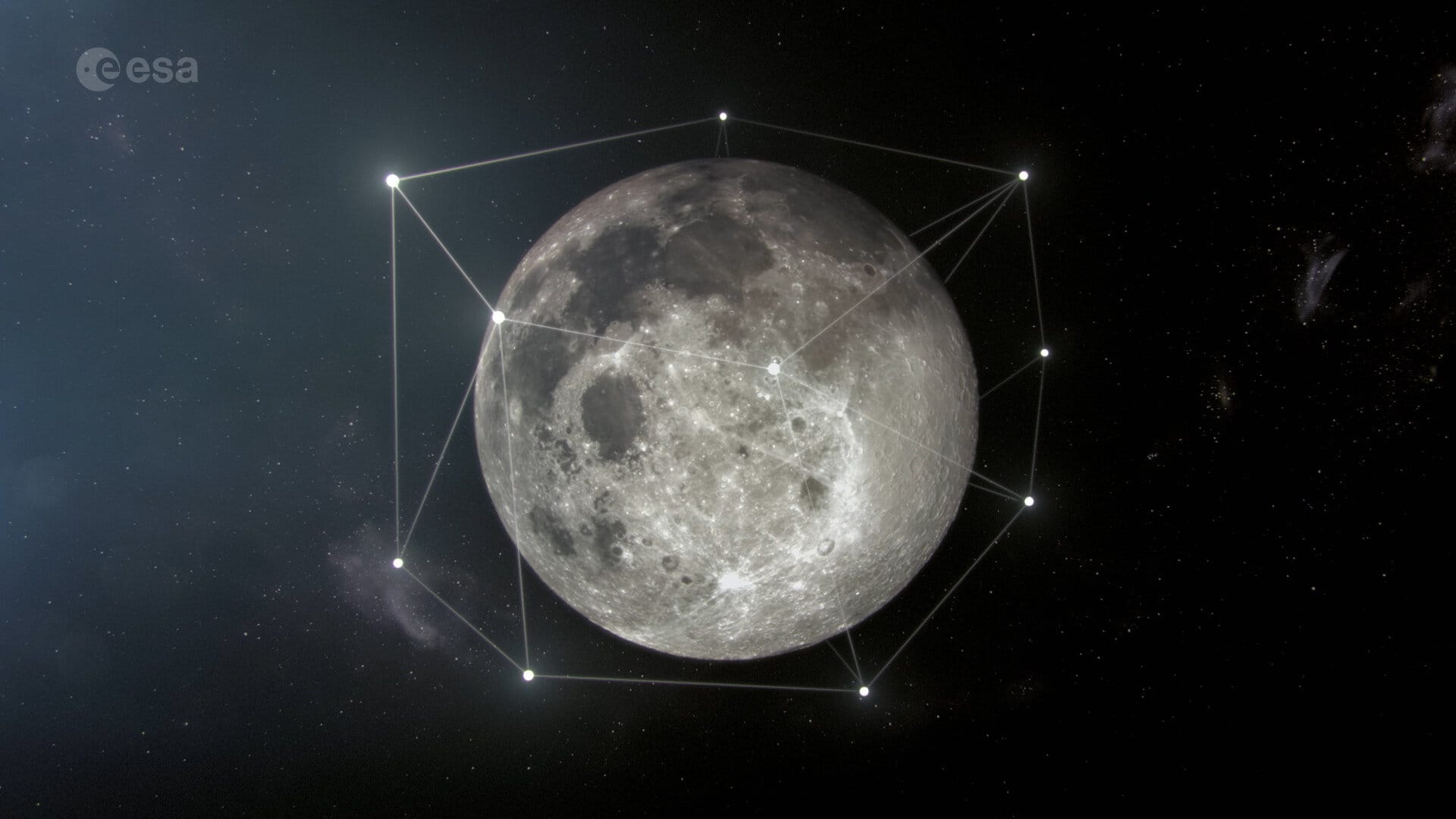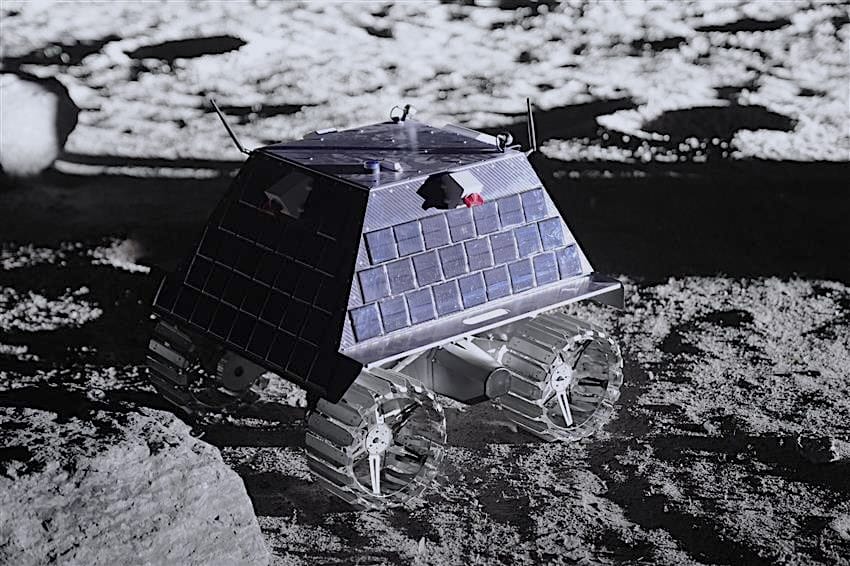Moon Monday #203: Artemis updates, China and Luna, ESA<>JAXA, and more
Thank you for having signed up for my no-award winning Moon Monday blog+newsletter! Its motivation was to exist because nothing like it did to capture the world’s march to the Moon. 🌝
If you’re one of the 8,000+ lunatics who enjoys this free curated community resource, you can copy this subscribe link to share it with other humans who might find it useful too. As an independent writer, every boost helps. 🚀
Artemis updates
- SpaceX performed the sixth launch of its Starship Super Heavy rocket on November 19, successfully demonstrating the Starship upper stage reigniting in space as well as splashing back intact despite more aggressive atmospheric reentry conditions than prior flights, clearing the way for orbital tests next year. Between this latest Starship success, the US Federal Aviation Administration’s intent to authorize increase in Starship launches to 25 next year, and the company’s appetite for more later in the decade, NASA’s road to putting astronauts on the Moon again continues inching through Starship.

- Technicians have added the xenon and liquid fuel tanks to the PPE propulsion module of the upcoming NASA-led Gateway lunar orbital habitat. Once ready, PPE will be mated with the Gateway’s also-being-assembled HALO habitat module for a SpaceX Falcon Heavy rocket launch no earlier than 2027.
- Lunar Outpost signed an agreement with SpaceX to fly Outpost’s version of the versatile Artemis Lunar Terrain Vehicle (LTV) called Lunar Dawn on a Lunar Starship by end of decade. The company also closed a Series A funding round—of an unspecified amount—the majority of which will go towards the LTV’s development so as to compete for Artemis rover contracts. Relatedly, Jeff Foust reported in September that Lockheed Martin left Lunar Outpost’s LTV team, which made Outpost significantly change their rover design to remove Lockheed’s intellectual property contributions. Separately, and not replacing Lockheed’s role, Leidos joined the team to support work on astronaut safety and operations. This is based on their experience serving NASA at the International Space Station, and that NASA has contracted Leidos to support cargo processing and management for Artemis missions too.
China’s Moon march continues

- Of the rather massive 200-kilogram payload capacity CNSA has reserved for international payloads on their upcoming Chang’e 8 mission to explore the Moon’s south pole, about 35 kilograms might be grabbed by Pakistan’s lunar rover. If so, just like how China helped Pakistan kickstart its lunar exploration with an orbiter on Chang’e 6 this year, Chinese engineers would aid development of Pakistan’s first lunar rover too. Targeting launch on a Long March 5 rocket in 2028, Chang’e 8 will explore the nature of local lunar polar resources like its soil and water ice and assess their utility with a comprehensive suite of payloads. This will inform China’s strategies for when it begins sending humans starting end of decade.
- Andrew Jones reports that CALT successfully conducted a 5-meter-fairing separation test of China’s upcoming heavy-lift, crew-capable Long March 10 rocket. Long March 10 will have a three-booster lunar variant with a larger fairing, whose separation system will be tested in the future. More tests of the Long March 10 systems are also in the pipeline according to the parent organization CASC’s release. As such, coupled with China’s recent advances in designing a suit and rover for lunar astronauts, the country continues its steady march to land a human on the Moon by end of decade.

- China tested its first inflatable space module in Earth orbit sometime by October 10 but only revealed the same on November 21. An accompanying CASC release notes that technological advancements stemming from this demonstration “will provide technical support for China’s major space projects, such as its space station and manned lunar landing projects”. The latter would notably include China’s Moonbase on the lunar south pole called the International Lunar Research Station, which the country plans to build in the 2030s for long-term habitability of astronauts as well as to have continuous robotic science and exploration operations. A related development of lunar soil simulant bricks is captured well on November 22 by Celestial Citizen:
When it’s not throwing around its lunar rocket parts, China is sending spacecraft to Tiangong, with the nation’s Tianzhou-8 cargo ship arriving at the space station just last week. The spacecraft delivered 6,000 kg of supplies for Shenzhou 19, a crew of three, including some bricks made of lunar regolith simulant. The astronauts will install the bricks outside the space station to test their durability in high-radiation conditions, as a way to assess whether the soil could be a reliable material to build lunar habitats.
Many thanks to Open Lunar Foundation and Joseph J. Biernat for sponsoring this week’s Moon Monday! If you too appreciate my efforts to publish this curated community resource for free, support my independent writing.
ESA<>JAXA--@Luna

ESA and JAXA announced that the two agencies will keenly examine opportunities for cooperation and collaboration across a whole range of space projects by both parties. Within the lunar exploration spectrum, options span:
- JAXA’s upcoming polar-water-studying LUPEX mission with ISRO
- ESA’s upcoming Moonlight constellation of communications and navigation satellites (navcom)
- ESA’s existing projects of analog mission testing with LUNA and astronaut training with Pangaea
- upcoming Gateway science by both agencies
- JAXA’s upcoming pressurized habitable rover for Artemis astronauts
- and ESA’s Argonaut cargo lander flying in the 2030s
This sounds promising. ✨
More Moon

- CSA is calling all Canadians to vote for naming the country’s first lunar rover as either Athabasca, Courage, Glacier, or Pol-R. I quite like Glacier since it alludes to the mission’s purpose of helping explore water ice deposits on the Moon’s south pole but I’m not Canadian. CSA chose Canadensys in November 2022 to develop the rover. It was supposed to launch on a NASA-funded CLPS lunar lander in 2026 but since no specific vendor has been identified or made public yet, we should expect a launch delay.
- In preparation for ISRO’s upcoming Chandrayaan 4 sample return mission, the ISRO-affiliated PRL institute conducted an in-person inaugural workshop for students to teach them via lab visits and hands-on sessions how to handle and analyze space and planetary samples. PRL’s Director Anil Bhardwaj stressed at the accompanying conference, which was also held in person and one I attended, that more such workshops are planned not just for students but for professional scientists across India since realizing Chandrayaan 4 necessitates building national capacity to thoroughly prepare, store, curate, characterize, and analyze the first set of space samples to be fetched by India.
- Explore:
